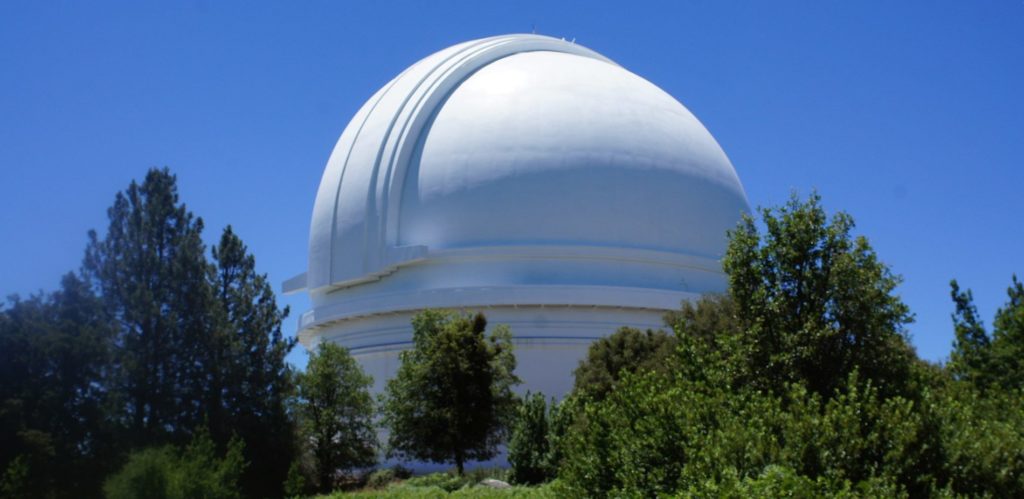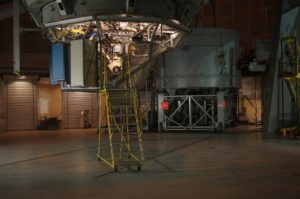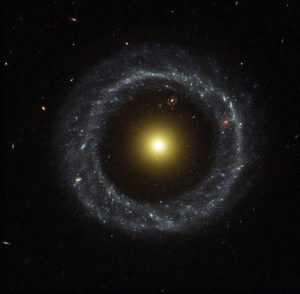
The Hale Telescope Dome | Sebastian Wallroth
Photo: The Hale Telescope Dome | Sebastian Wallroth
1/26/1949 – Palomar Observatory’s Hale Telescope sees first light
On January 26, 1949, the 200-inch Hale Telescope saw first light at Palomar Observatory in San Diego County, California. The reflector was christened the Hale Telescope after astronomer George Ellery Hale, who lead the way in the planning, design, and construction of the 200″ telescope and the observatory that would encompass it. The project took a total of 20 years to complete due to a series of interruptions as a result of World War II. Sadly, Hale passed away before he could see the telescope commissioned.

The interior of the Hale Telescope Dome | Sebastian Wallroth
Construction on the ambitious telescope began in 1928, after Hale received a 6 million dollar donation from the Rockefeller Foundation. At the time of its completion, the Hale Telescope was the largest telescope in the world and represented a breakthrough in stargazing technology, setting a precedent that would remain for another 30 years until the completion of the Soviet BTA-6 optical telescope in 1976.
The Hale Telescope is still in use by research astronomers at Palomar Observatory today.
1/28/1921 – Lowell Observatory director Art Hoag is born
Arthur (Art) Hoag, Lowell Observatory’s 6th director, was born on January 28, 1921 in Ann Arbor, Michigan. He became the director of Lowell in 1977, after serving as the director of the stellar division of Kitt Peak National Observatory (KPNO) for 11 years. He is best known for his 1950 discovery of Hoag’s Object, a ring galaxy located 600 million lightyears away from Earth in the constellation Serpens. Hoag’s Object is noted for the nearly perfect ring of young blue stars surrounding its much older yellow nucleus.

Hoag’s Object, taken with the Hubble Telescope |
During his time at Lowell, Hoag helped develop several astronomical sites and instruments, and contributed vital research to the study of quasi-stellar objects (also known as quasars). He is also noted for his work in photometry, a technique used by astronomers to measure the intensity of light radiated by celestial objects.
Hoag retired as director of Lowell in 1986, and died on July 17, 1999, in Tucson, Arizona.